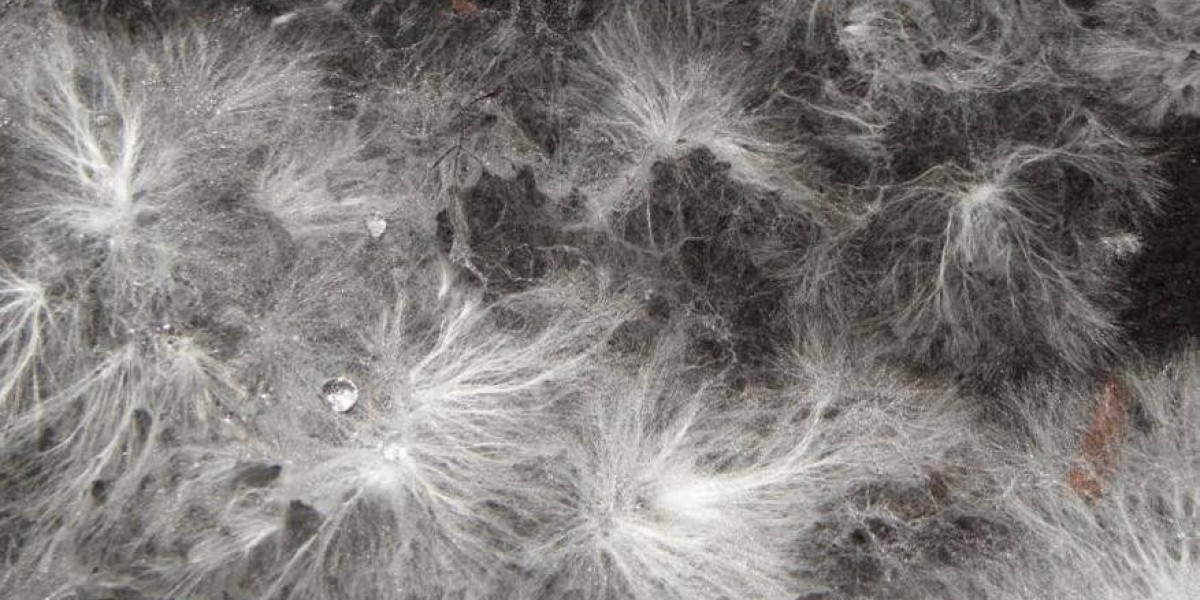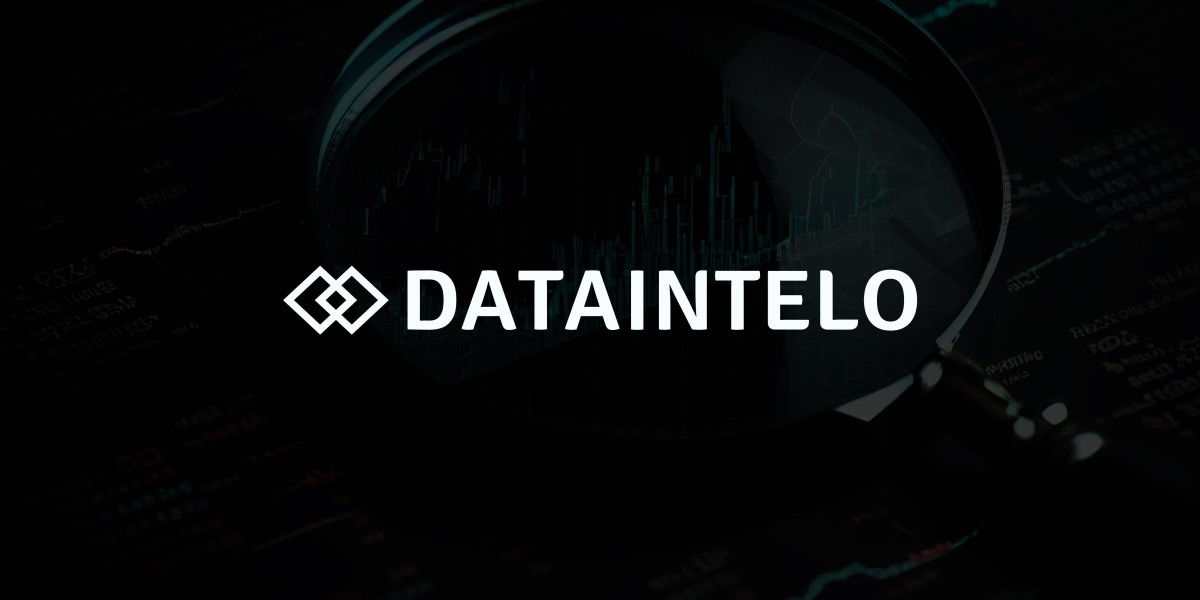The mycelium market is emerging as a key player in the fashion industry, offering innovative, eco-friendly alternatives to traditional textiles. As global consumers and fashion brands face increasing pressure to reduce their environmental footprint, mycelium based textiles are poised to revolutionize the industry by offering a sustainable, biodegradable, and scalable solution.
The Rise of Mycelium-Based Textiles
The fashion industry, long associated with high environmental costs, is undergoing a significant transformation. With an increasing demand for sustainable practices, fashion brands are seeking alternatives to conventional materials, such as leather, polyester, and cotton, all of which come with significant environmental and social challenges. Mycelium, the root system of fungi, offers a promising solution. It is not only biodegradable and renewable but can also be cultivated with minimal resource use, making it an attractive choice for eco-conscious designers and manufacturers.
Mycelium-based textiles are created through the cultivation of fungal networks on organic substrates, such as sawdust, agricultural waste, or even plant-based materials. As the mycelium grows, it binds the substrate together, forming a strong, flexible material that can be processed into a wide variety of textile products, including clothing, accessories, and upholstery. The unique properties of mycelium, including its ability to mimic the look and feel of traditional fabrics like leather and suede, have sparked interest in the fashion sector, offering a sustainable alternative to animal-derived materials and synthetic fibers.
The versatility of mycelium allows it to be engineered for specific applications, whether for creating high-fashion garments, durable workwear, or even accessories such as shoes and bags. With growing concerns about the environmental impact of textile production, mycelium presents an opportunity to reduce waste, water consumption, and chemical usage, all of which are major issues within the traditional fashion supply chain.
Market Analysis: Growing Demand for Sustainable Textiles
The demand for sustainable materials in fashion is gaining significant traction, driven by changing consumer attitudes, government regulations, and the growing environmental impact of textile waste. As the fashion industry is one of the largest polluters globally, the pressure to adopt more sustainable practices has never been greater. From the use of toxic dyes to the vast amounts of water required to produce conventional textiles, the fashion industry is actively seeking alternatives that are both eco-friendly and commercially viable.
Mycelium-based textiles are well-positioned to address several of the industry's key sustainability challenges. As an alternative to animal leather, mycelium provides a cruelty-free and biodegradable option, reducing reliance on harmful chemicals used in traditional leather tanning processes. Furthermore, the production of mycelium textiles requires far less water and energy than conventional cotton farming or synthetic fiber production, making it a more sustainable choice in terms of resource consumption.
The rise of conscious consumerism has also fueled the growth of sustainable fashion. Consumers are increasingly seeking brands that prioritize environmental responsibility, with many willing to pay a premium for products made from sustainable materials. The desire for ethical fashion, coupled with growing awareness of climate change and plastic pollution, has created a strong market for innovative, eco-friendly textiles. As part of this shift, mycelium-based materials offer a solution that aligns with both the values of environmentally-conscious consumers and the regulatory frameworks emerging around textile waste and pollution.
Market Dynamics and Competitive Landscape
The market for mycelium-based textiles is still in its early stages, but it has garnered significant attention from both startups and established players in the fashion industry. Several high-profile companies are already exploring or using mycelium in their product lines. These include luxury brands seeking to innovate and offer eco-friendly alternatives to traditional materials, as well as more sustainable fashion companies focused on reducing environmental impact.
Mycelium based textiles are often seen as a direct competitor to synthetic leather, which has long been a staple in the fashion and accessories market. However, unlike synthetic leather made from petroleum based plastics, mycelium is biodegradable, compostable, and produced using renewable resources. This positions it as a highly attractive alternative for fashion companies looking to reduce their carbon footprint and move toward a circular economy model.
Research and development are ongoing to optimize the production of mycelium textiles, making them more affordable and scalable for mass production. As the technology improves, the cost of mycelium textiles is expected to decrease, which could allow for broader adoption across the fashion industry. Partnerships between mycelium producers and fashion brands are helping to streamline the supply chain, with a focus on scaling production while maintaining the high quality and performance characteristics that consumers expect.
Despite the promising outlook, challenges remain. Scaling up production of mycelium based textiles requires significant investment in both technology and infrastructure. The process of cultivating and processing mycelium into textile-grade materials still requires refinement to ensure consistency, durability, and texture.
Long-Term Prospects: Mycelium as a Cornerstone of Sustainable Fashion
Looking ahead, the long-term prospects for mycelium-based textiles in the fashion industry are promising. As more brands commit to sustainability goals and strive to reduce their environmental impact, mycelium offers an opportunity to replace harmful materials with a renewable and biodegradable option. The ability to cultivate mycelium on organic waste materials also supports a circular economy, where waste is minimized and resources are continuously recycled.



